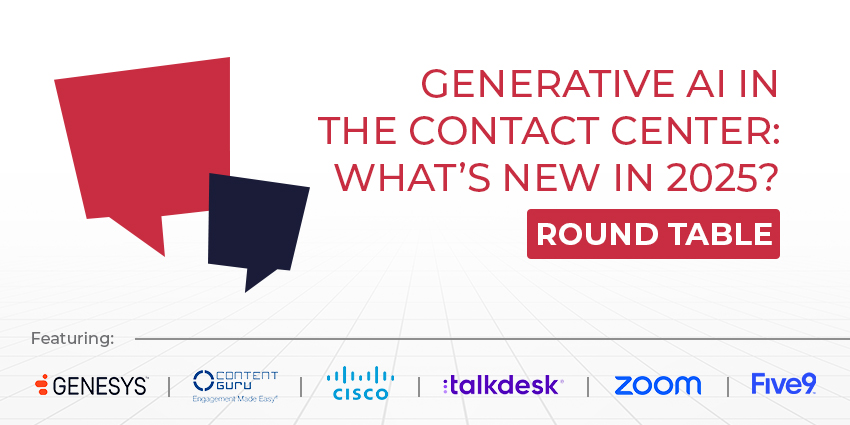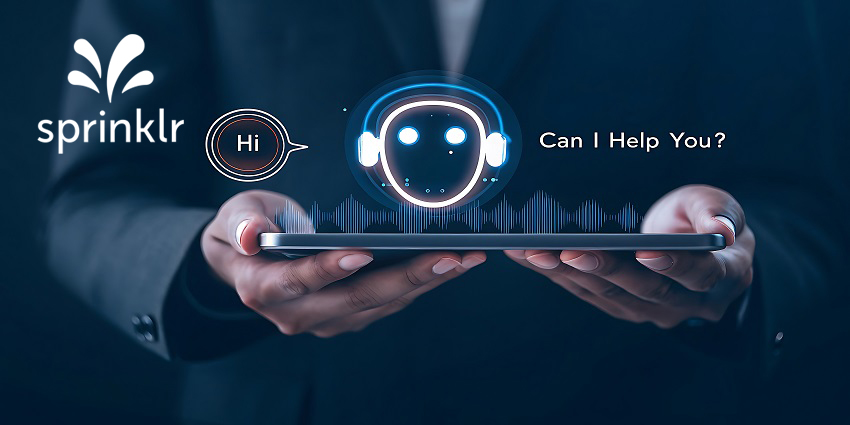Chatbots are some of the most exciting new tools in the customer experience environment.
With bots and chatbots, businesses can automate the process of answering repetitive questions for their customers, speeding the time to resolution for clients, and reducing the pressure on agents.
However, bots and chatbots are still relatively new concepts in the modern marketplace. We’re still discovering what this kind of technology to do, and how it works to transform the CX space. Here’s your essential guide to the wonderful world of bots and chatbots.
What are Bots and Chatbots?
A bot is a program that automatically completes an action based on specific triggers and algorithms. A chatbot is a computer program that’s designed to simulate human conversation. Users communicate with these tools using a chat interface or via voice, just like they would converse with another person. Chatbots interpret the words given to them by a person and provide a pre-set answer.
Chatbots, like regular applications, have application layers, databases, conversational user interfaces (CUIs) and APIs. There are 3 common kinds of a chatbot available today:
- Rule-based chatbots: The most straightforward option, these bots simply provide a pre-defined answer to very specific questions. These bots are great for things like qualifying leads or offering customers an interactive FAQ experience
- Intelligent chatbots: These intelligent bots use machine learning or “ML” to learn from the user’s requests and information. Intellectual bots are trained to understand specific words and phrases that trigger a reply. They teach themselves over time to understand more questions and deliver better answers
- AI-powered chatbots: These bots combine the benefits of rule-based bots with the power of intellectually independent programs to solve user problems. They can remember the context of conversations and understand user preferences. These bots use a combination of natural language processing, machine learning, and AI to understand customers. Natural language processing helps the interactions between humans and computers to feel more natural
How do Bots and Chatbots Work?
There are 3 fundamental classification methods used to run a chatbot.
The first option is to create a pattern-matching bot. Pattern-matching bots classify text and produce a response based on the keywords they see. A standard structure for these patterns is AIML (Artificial Intelligence Markup Language). In pattern-matching, the chatbot only knows answers to questions that exist in their models. The bot cannot go beyond the patterns already implemented into its system.
Another option for today’s chatbots is to use algorithms. For each kind of question, a unique pattern needs to be available in a database for the bot to provide the right response. With various combinations of trends, it’s possible to create a hierarchical structure. Algorithms are how developers reduce the classifiers and make the structure more manageable. The classic algorithm for NLP and text classification is Multinational Naïve Bayes.
The final crucial methodology for chatbots is to use artificial neural networks. These are solutions that give the bots a way to calculate the response to a question using weighted connections and context in data. With artificial neural networks, each sentence provided to a bot is broken down into different words, and each word is used as an input for the neural network. Over time, the neural network becomes stronger and more advanced, helping the bot to create a more accurate set of responses to common queries.
There are many different types of variations in neural networks. Often, businesses that use these tools will need to train their bots over time to become more efficient and effective. Fortunately, training for a chatbot happens at a much larger and faster scale than teaching for a human. A customer support chatbot, for instance, can be fed thousands of conversation logs, and use the information from those logs to support its neural network.
What’s more, when a chatbot is ready to interact with live customers, businesses can implement smart feedback loops. This means that during a conversation, when customers ask a question, a chatbot can deliver a couple of intelligent answers with options like “Did you mean a, b, or c”. The way the customer respond will help to reinforce the bot’s understanding and train the machine learning model.
Overcoming the Challenges of Chatbots
Although chatbots today are becoming increasingly more valuable and intuitive, there’s still a long way to go before we’ve perfected these tools. Bots have emerged as a popular way for companies to improve their customer service strategy and deliver more consistent support to customers. However, we’re still facing a few core challenges with this tech. Such as:
- Security: In today’s age of data sensitivity and privacy, it’s crucial for customers to be able to trust the bots that they’re giving their information too. Businesses will need to design chatbots to only ask for and capture relevant data. It will also be crucial to ensure that the data collected is safely transmitted and secured on the internet
- Voice: Another crucial component of making bots and chatbots work today is ensuring that they have the right voice to speak to customers with. Today’s consumers want bots with certain human elements like humour and empathy. However, they don’t’ want to be tricked into thinking that they’re interacting with humans when they’re speaking to a bot
- Sentiment: Chatbots need to understand the sentiment and emotions that today’s customers are feeling to provide the right kind of service for today’s consumers. Businesses are now working harder on implementing natural language processing and understanding into chatbots, to keep embarrassing contextual mishaps to a minimum
In today’s highly digital age, chatbots and bots can be a powerful addition to the customer experience strategy for any business or contact centre. However, just like any other transformative technology, companies will need to make sure that they know how to use these bots effectively if they want to get the most out of the innovations available to them.
Understanding how chatbots work, and how they’re trained is the first step in developing an effective digitally-enhanced customer experience roadmap.







